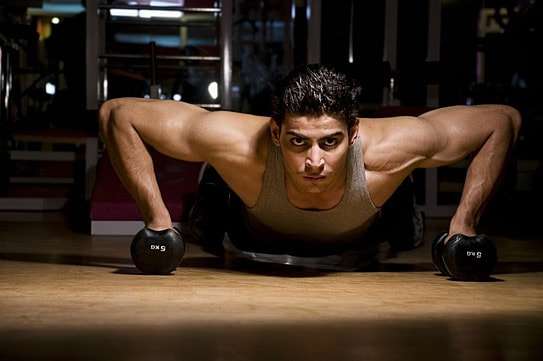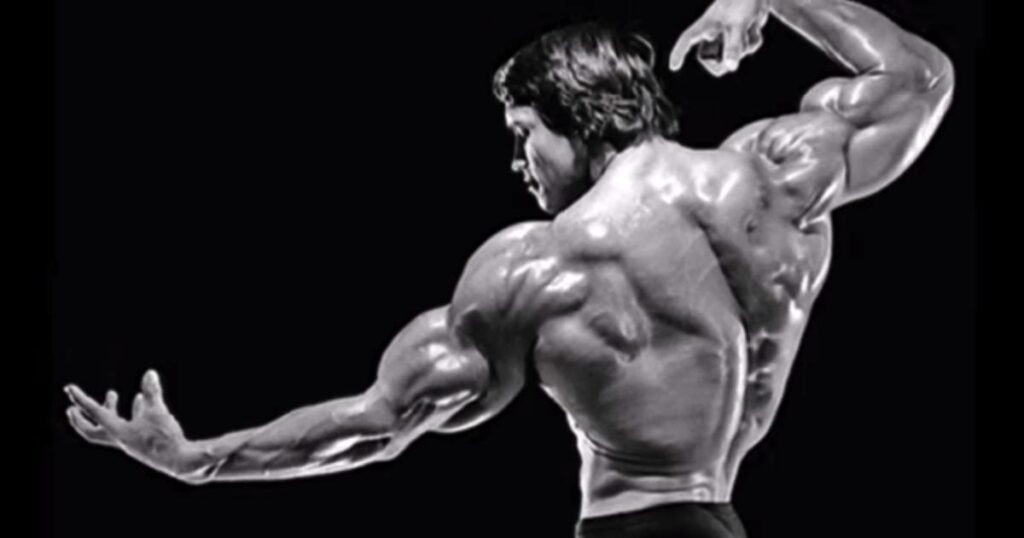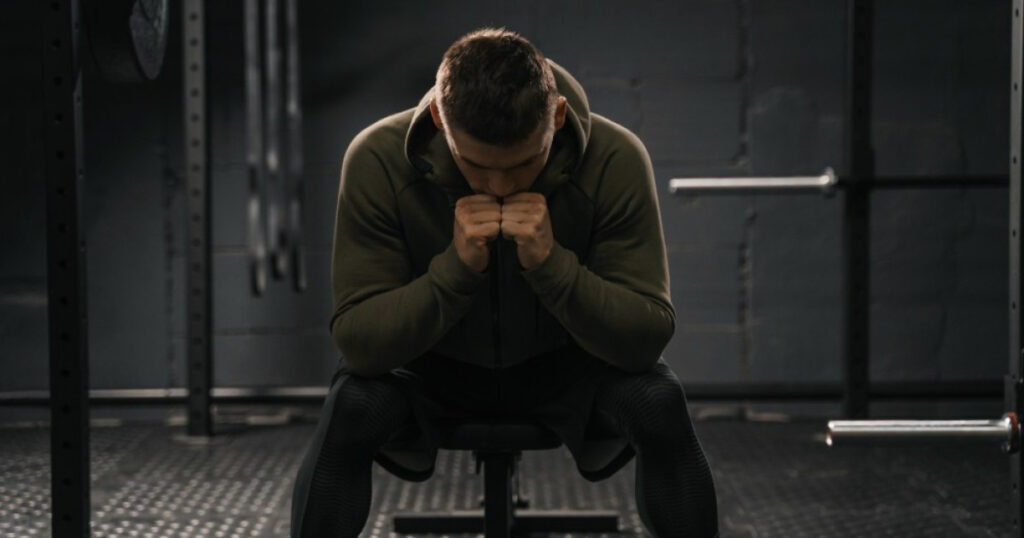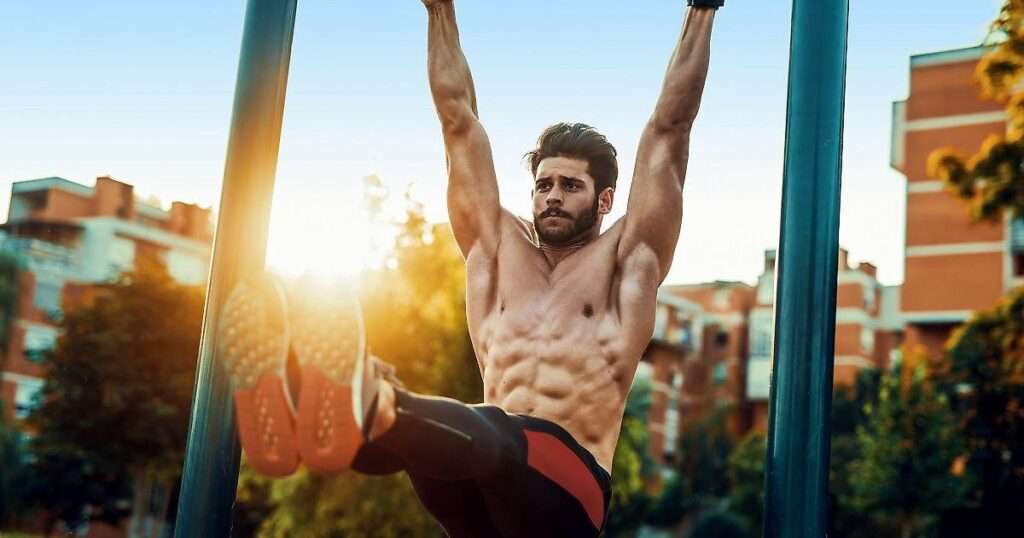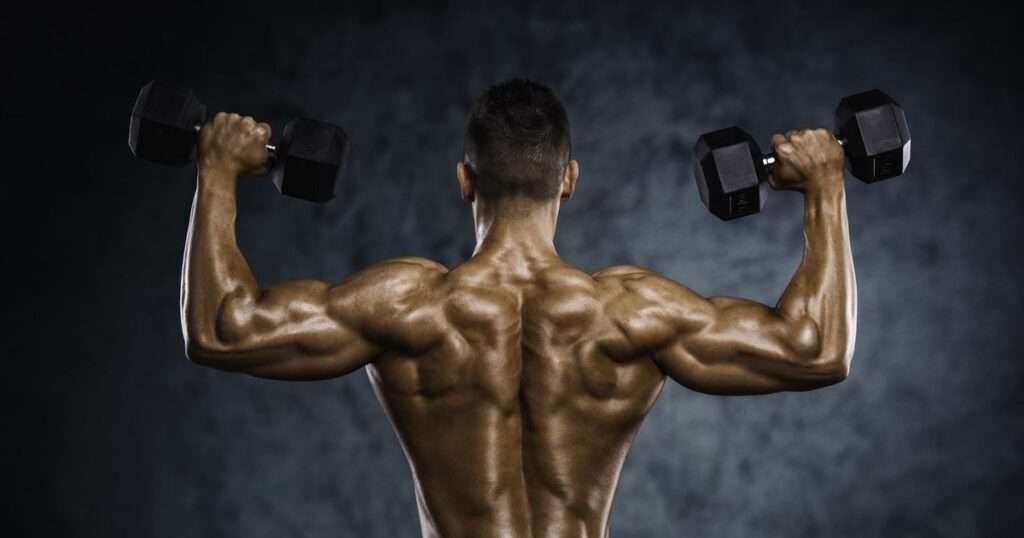In terms of strength, one will tend to concentrate on training the upper body. Push workout exercises are important in attaining a balanced body. They entail limiting movements that aim at the chest, shoulders, and triceps as the three main muscles involved in aesthetic development and strength. Among the push exercises, you might be interested in developing a muscular body or furthering your athleticism. These exercises play an important role in any fitness program.
The push workout exercises are not just essential to strength training, as well as they help people improve posture, endurance, and functional fitness. This article will take you on the journey of push workouts, why to do them, what the best exercises are to use to train these muscle groups, and the excellent way to put them into your workout plan to get the best of them. Building a good body can make you look smarter and more handsome, for which many people buy steroids to build their bodies from our store, GearPharma.
Knowing Push Workout Exercises
As the name implies, push exercises are those in which the body is exercised to go away from a floor or a weight resistance. These exercises actually develop the upper body muscles, which include the chest, shoulders, and triceps. Exercises like the push-up challenge, bench press, overhead press, and dips are the most common exercises concerning push exercises.
During push exercises, the body undergoes concentric movement where its muscles contract so as to overcome resistance. This is as contrasted to pull exercises, where the body is used against an anti-gravity or resistance force to shorten the distance of an object.
Difference between Push and Pull Workout
Movements in the push exercises include straightening the arms and moving away or overhead. Conversely, pull workouts make use of the muscles in drawing weights or items back to the body. Pull exercises are mainly concerned with the back, the biceps, and the back of the deltoid, and the push exercises are in front of the body.
Although the importance of both push and pull exercises in a complete strength regimen cannot be overstated, it is instrumental to add an all-around training that switches between these two exercises in order to ensure complete muscle shaping. People also use the best peptides for muscle growth and get the best results.
Crucial Muscles Worked During Push Exercises
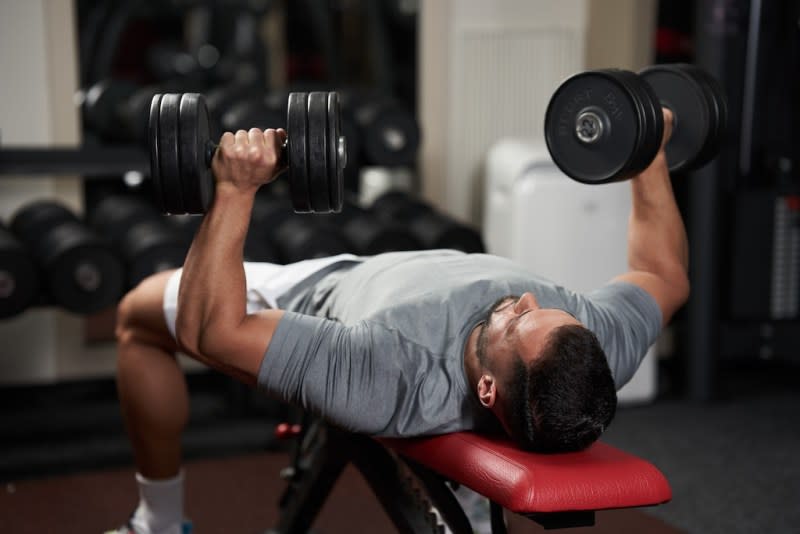
Muscles of the Chest (Pectorals):
The major muscles that are exercised during push exercises are the chest, or the pectoralis major and minor. Pectorals have the role of axial pushing movements, such as pushing objects laterally away from the body or the body away from the floor. Modern standards and well-known exercises that train the chest muscles are the bench press, push-ups, and chest flys.
Muscle Group: Pectorals Muscle group: Pectorals are always the most sought-after group of muscles by people who want to have a well-developed upper body muscle. A powerful chest enhances a straight posture, more force to push, and a better-balanced body.
Deltoids: Shoulder Muscles
The pushing motions are also essential where deltoid muscles are involved, consisting of front, middle, and rear. Whereas predominantly all exercises on pushing the weights transfer to the participation of the front deltoid in the overhead movements, the middle deltoid is involved in the lateral movements and the rear deltoid in the push movement stability.
The overhead presses, practice push-ups, and chest presses are quite good to strengthen the shoulders. Properly developed muscles of the shoulder area not only raise the aesthetic but also contribute to increasing the functional achievements in terms of loading and sporting activities.
Triceps
The triceps at the backside of an arm are the major muscles that extend the elbow when performing push exercises. Whenever you are doing a push-up or bench press, the triceps are incorporated so much into straightening your arms and pressing the weight up or your body up. Another great exercise that provides area isolation to the triceps is the dip.
Even the other exercises, like the overhead press and other sports movements, are important to have stronger triceps because these are essential to upper body strength. Deca Durabolin is the best steroid for muscle growth that most bodybuilders use for bodybuilding.
Famous Push Workout Exercises
Push-Ups
Push-ups are among the best and most popular push exercises that you can do. They do not only recruit the chest, shoulders, and triceps muscles but also involve core and lower muscle groups in handling the stability of the body during the movement.
Modifications of Push-Up:
Standard Push-Ups: Concentrates on chest, shoulders, and triceps.
Incline Push-Ups: Working on an inclined surface with the hands, it is easier to perform because of the low load on the beginners.
Decline Push-Ups: Feet higher on a surface, which makes the exercise more intense and works the upper chest.
Diamond Push-Ups: The hands are brought together so that the triceps can be focused upon.
Clapping Push-Ups: This is an explosive one that is used to build power and speed.
In order to get the push-up right, you should really strive to achieve a straight line between your heels and head, tighten your core, and bend your body to your chest level and then push upwards with your body.
Bench Press
A classic push is the bench press that enhances the development of the chest, shoulder, arm, and triceps. It can be done using either a barbell or dumbbells so you can focus on pushing (meaning it is working a number of muscles in your upper body).
Flat Bench Press: Works chest mid-way
Incline Bench Press: Gets attention to the upper body, including the chest and shoulders.
Decline Bench Press: Lays focus on the basement of the chest.
You begin with low weight to train the movement first and increase weight when you become stronger.
Overhead Press
The overhead shoulder press is really important for the strength and stability of the shoulders. The exercise may be done by the use of a barbell or dumbbells. The trick in this is to push the weight over the head whilst having the core held at balance.
The overhead press activates the three deltoid muscle parts, mainly the anterior deltoid. When you press the weight over the head, other muscles such as the triceps and upper chest aid the movement as well.
Dips
Dips are also very good at fixing the triceps and placing the emphasis on the lower chest. These can be done on parallel bars or a dip station by pushing to lower your body and back against it. To increase the difficulty, you might have a weighted belt or have a dumbbell to hold between your feet.
Tricep Dips: Maintain a straight torso to work the triceps.
Dips on chest: Bend body a bit so the chest could be emphasized.
Dips are a great compound exercise that will add more upper body pushing strength and gain muscle.
Chest Flys
Chest flys use the chest muscles and assist in the increase of motion during a press. With the use of dumbbells or a machine, lift your arms to the sides and then bring them back to meet in front of the chest.
Dumbbell Chest Flys: To isolate the chest muscle, they are done on a bench.
Machine Chest Flys: Cardiovascular condition of the chest in a more controlled arrangement.
Although the pectorals are the main muscles worked on in chest flys, shoulders and triceps are also worked on.
The Best Way to Include Push Exercises in Your Regime

Beginner Routine
To the novices, basic bodyweight push exercises should first be discussed, like push-ups, inclined push-ups, and dips. It is important to concentrate on endurance and developing perfect form before going to heavier weight. A standard novice push exercise plan may comprise or entail
- 3 groups of 10–15 push-ups
- 3 reps consisting of dips of 10-12 repetitions
- 3 series of 10-12 dumbbell presses
When you are fitter, you may add more weight and intensity.
Intermediate Routine
At a medium level of training, it is possible to add the barbell exercises such as the bench press and overhead shoulder press, among others. An example intermediate routine can comprise
- 8-10 exercises of bench press, 4 sets
- 8-10 shoulder push-ups (men can do 3 reps of 8-10 dumbbells)
- 3×12-15 push-ups
- 10 dips, 3 reps
Pay attention to a gradual growth of the weight so you could press your muscles and promote their growth.
Advanced Routine
To more experienced lifters, push exercises can be incorporated with other forms of compound lifts and accessory exercises to maximize strength and hypertrophy. Elevated habit: the following routine may consist of
- 5 reps x 5 reps of barbell bench press
- 4 x 6-8 overheads
- 8-10 dips 4 times x
- 12 flies on the chest, 4 set
Add plenty of supersets or even drop sets to add intensity to the program and activate more muscles.
Strength Gains
Push exercise is important in strengthening the upper body. When you add weight to your push activity or when you do repetitions, the muscles become stronger. The result is better performance not only in push movements but also in other exercises such as squats and deadlifts, among others.
Improved Posture
Better posture is ensured when one has developed chest, shoulders, and triceps. Push exercises tone the muscles supporting the upper body, which leads to the development of proper posture and minimizes the chances of one slouching.
Improves Status Fitness
Push exercises are yet another functional exercise that resembles an actual activity, such as opening a door or bringing something over your head. The strengthening of these muscles is carried over to sports and general activities in day-to-day living that culminates in boosting general physical health.
Usual Mistakes during Push Exercises
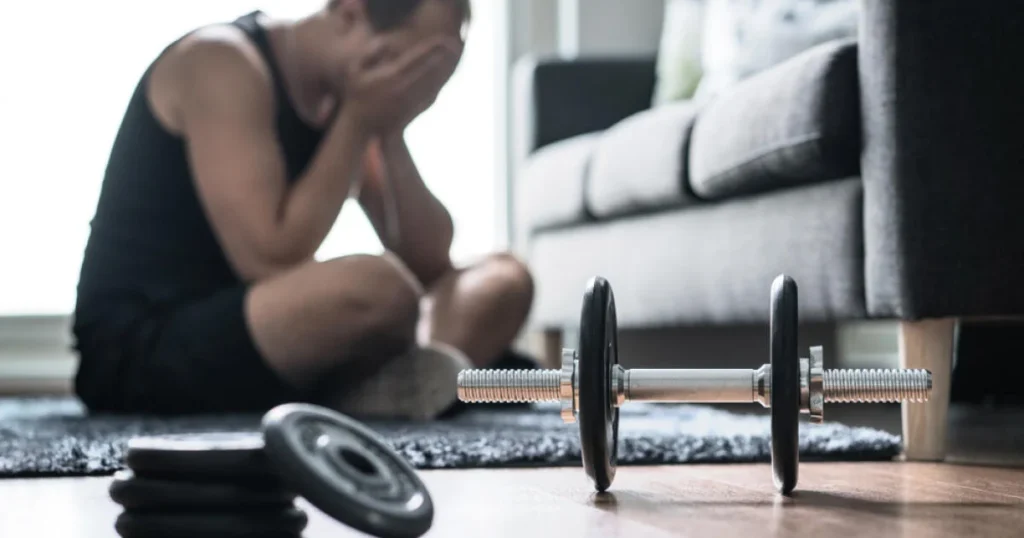
Poor Form
Exercise with poor form is one of the major pitfalls of push workouts. This might cause injury and less effectiveness. Ensure a straight body during push-ups, a right angle of your elbows during bench presses, and do not arch your back during overhead presses.
Failing to Warm-Up
They should do the right warm-up before injury and enhancing performance. Warm up muscles before putting your body through strenuous exercise by using dynamic warm-up or light cardio before your push workout.
Overtraining
Push exercises are strenuous, and excess training may result in strain and exhaustion of the muscles. Make sure that you provide proper rest periods in between sessions and change the push and pull workouts to not exhaust the muscles around the same areas. You can also read mistakes made by body builders.
Conclusion
Push exercises are part and parcel of a balanced fitness routine. They will not only be giving you strength in your upper body but also all over your body. It is true that you can build a balanced and best upper body using exercises such as push-ups, bench presses, overhead presses, and dips.
Please keep in mind that the maximum outcomes obtain only when exercising consistency and correct form and preventing getting hurt. Push exercises are the best workouts to get a muscular physique and enhance functionality, whether you are a novice or a pro lifter.
Frequently Asked Questions (FAQs)
1. Which muscles are special in push?
The muscles involved in push exercises are mainly the chest (pectorals), shoulders (deltoids), and triceps. These muscles are vital in any pushing movements during normal daily activities and sports.
2. How many push-ups can I practice every day?
The number of push-ups to perform depends on the level of your fitness. The novices should do 10-15 push-ups per set, whereas more experienced lifters should target 30-50 or even more. Never lose concentration over your form.
3. Does push exercise increase muscle?
Yes indeed, push exercises are great to develop muscle in the chest, shoulders, and triceps. Being slavishly done and (improved upon) repeatedly, these exercises will swing a colossus into as much enlargement as a man can desire.
4. What can I do in order to make my push exercises more intense?
To make it harder, you may add weight (e.g., a weighted vest on push-ups) or do more sets and reps, or go with complex variations (clapping push-ups, one-arm push-ups, etc.).
For more tips and expert advice on strength training and push workouts, check out resources from reputable fitness websites such as Bodybuilding.com and Men’s Health.

